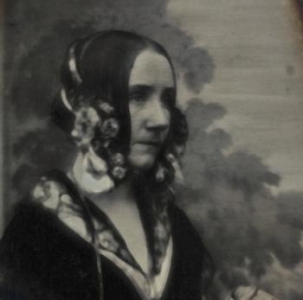Ada Lovelace (1815–1852) is celebrated as “the first programmer” for her remarkable 1843 paper which explained Charles Babbage’s designs for a mechanical computer. New research reinforces the view that she was a gifted, perceptive and knowledgeable mathematician.
Christopher Hollings and Ursula Martin of Oxford Mathematics, and Adrian Rice, of Randolph-Macon College in Virginia, are the first historians of mathematics to investigate the extensive archives of the Lovelace-Byron family, held in Oxford’s Bodleian Library. In two recent papers in the Journal of the British Society for the History of Mathematics and in Historia Mathematica they study Lovelace’s childhood education, where her passion for mathematics was complemented by an interest in machinery and wide scientific reading; and her remarkable two-year “correspondence course” on calculus with the eminent mathematician Augustus De Morgan, who introduced her to cutting edge research on the nature of algebra.
The work challenges widespread claims that Lovelace’s mathematical abilities were more “poetical” than practical, or indeed that her knowledge was so limited that Babbage himself was likely to have been the author of the paper that bears her name. The authors pinpoint Lovelace’s keen eye for detail, fascination with big questions, and flair for deep insights, which enabled her to challenge some deep assumptions in her teacher’s work. They suggest that her ambition, in time, to do significant mathematical research was entirely credible, though sadly curtailed by her ill-health and early death.
The papers, and the correspondence with De Morgan, can be read in full on the website of the Clay Mathematics Institute, who supported the work, as did the UK Engineering and Physical Sciences Research Council.


